 After taking last weekend off to catch up with the inaugural Coffee Stops Awards 2014, we’re back at the London Coffee Festival, which took place last month at the Old Truman Brewery on Brick Lane.
After taking last weekend off to catch up with the inaugural Coffee Stops Awards 2014, we’re back at the London Coffee Festival, which took place last month at the Old Truman Brewery on Brick Lane.
This year I attended three of the four days; Friday (the industry day) and Saturday and Sunday (public days) and rather than writing about each day, I’m doing a series of themed posts. This is the third in the series and focuses on what I’ve called “the kit”. This probably needs a few words of explanation: by kit, I mean the shiny espresso machines, fancy grinders and cups. This Saturday Supplement is actually Part II, with Part I two weeks ago featuring the cups.
Last year, I spent quite a lot of time looking at shiny espresso machines. However, this year I was rather more circumspect with my drooling and this is post is focused on three specific items, each leaders in their own classes. They are an espresso machine, a fancy filter machine and a hand-grinder.
You can see exactly what I got up to after the gallery.
First stop was the Sage Dual Boiler Espresso Machine. Now, there are other dual-boiler espresso machines on the market, several of which were at the Coffee Festival. However, I was invited to the launch of the Sage last year and had meant to write it up at that point. Unfortunately, for various logistical reason, I hadn’t taken my camera, and ended up relying on my smartphone for pictures, a bad move as it turned out. Without any decent pictures, I decided not to write about the Sage, so took the opportunity to rectify this at the London Coffee Festival.
I arrived with fellow-blogger, Matt, otherwise known as the Gladieater, and said hello to Caitlyn, the barista who’d demonstrated the Sage to me at the launch. I also met up with David, Sales and Marketing Director, who had something new to show me. However, I’m getting ahead of myself.
The key thing about the Sage is that it’s a dual-boiler machine. If that means nothing to you, let me explain. My espresso machine, a Rancilio Silvia, is a single-boiler machine: there’s one boiler to both make the espresso and steam the milk. With a dual-boiler machine, there are two boilers: one for espresso, the other for milk. This has two advantages: the first is simply volume; whereas with a single boiler, your espresso machine quickly (and literally) runs out of steam, with a dual-boiler, you can keep going for much longer. The second is that each boiler can be fine-tuned to its particular task rather than trying to be a jack-of-all-trades.
So, that’s the basic principle behind the dual-boiler machine. It’s also why a good dual-boiler will set you back around twice what a good single-boiler will. The Sage, by the way, weighs in at the top of the domestic market at well over £1,000. This does, of course, beg the question, what do you get for your money?
Well, the simple answer is a very fine machine indeed. I can’t compare it to other dual-boiler machines since I’ve not had a chance to play with them, but compared to my Silvia (a modest £400) it’s like chalk and cheese. When I had a go on the Sage, I managed to pull a decent shot the first time; when I got Silvia, it took me about a month! There are many reasons behind this, but consistency is the main one: you can largely programme the Sage to give you the desired outcome, setting extraction times and the like. It also has a much more stable temperature output which really helps produce a consistent shot.
With Silvia, I switch her on 30 minutes before I want to use her and then go through an elaborate ritual (for each shot) to ensure that the temperature is just right. With the Sage, it’s more of a case of switch it on, wait a few minutes, then extract shot after shot. It also makes steaming milk a piece of cake.
However, even that wasn’t enough for the guys at Sage, so they have come up with the fully automatic model which takes almost all the variables out of producing an espresso shot. It will even grind and tamp the beans for you while simultaneously steaming the milk, stopping when it gets to the correct temperature!
You can see what Matt and I made of the Sage in the gallery below.
Next stop, Utah! Well, more precisely, the Caravan stand, where the good folks from King’s Cross hosted Alpha Dominche, manufacturers of the awesome Steampunk Machine, which I’d first come across a month earlier at La Colombe in Philadelphia. I met Walter, younger brother of Alpha Dominche’s founder, president and CEO (all one person, not three elder brothers!), who’d come over from Salt Lake City in Utah to demonstrate the Steampunk at the London Coffee Festival.
For those not in the know (myself included before Philadelphia), the Steampunk is an advanced filter coffee machine. Initially, I have to say, I was sceptical, not quite sure what the fuss was all about. However, the more I’ve found out, the more I’ve come to see the point of the Steampunk. Whether it’s worth the price tag is another matter. However, I leave that decision up to the coffee shop owners who are likely to buy it (yes, the Steampunk is strictly commercial; I don’t know exactly how much one costs, but it makes the Sage look like something you’d buy with your pocket money in comparison).
So, what exactly is it? Other than looking like an advanced chemistry set, with its twin glass cylinders and computer screen to control them, it’s actually a machine for making filter coffee. In actual method it’s closest to the Aeropress, but Alpha Dominche claims that it is capable of replicating all the current filter methods: Chemex, Aeropress and V60 to name a few.
If you’re wondering why you might want to do this, the simple answer is that each of these methods produces quite different-tasting coffee even when you’re using the same beans, as I have previously demonstrated. Because of this, quite a few coffee shops I know employ different filter methods, each carefully matched to a specific bean.
Obviously, if you run one of these coffee shops, a machine that can replicate all these methods would be very useful. However, where the Steampunk comes into its own is in its consistency. Since it’s pretty much fully computer-controlled, it will follow each recipe each and every time. With the best will in the world, the individual barista isn’t going to produce that level of consistency, especially when working on multiple methods in a busy coffee shop. I know that when I’m making filter coffee for myself, I’ve never that consistent and that’s in my kitchen with no other pressures. I can only imagine what it’s like in a busy coffee shop.
The other big advantage is when it comes to the actual recipes. By recipe, I mean things such as how fine the grind is, the water to coffee ratio, water temperature, steeping time, extraction time and so on. With the exception of the grind, everything else can be programmed into the Steampunk.
One of my standing jokes is that if you ask 10 baristas how, for example, they make coffee with an Aeropress, you’ll get at least 11 different answers. So, if you are interested in consistency, a machine that you can programme with a specific recipe for a specific coffee bean has its advantages. You can also work out a recipe and, if you have a chain of coffee shops, upload it to all your Steampunk machines rather than having to train all your baristas.
You can see Walter giving me a demo of the Steampunk in the gallery below. If you’re interested in other automated filter systems, I found a load of them at the 2016 London Coffee Festival. You can now see a Steampunk in action in London at MacIntyre Coffee.
For my final stop, I only got as far as Portobello, Edinburgh (ironically where I was last week) although in reality I only got as far as the Knock stand at the Coffee Festival. Knock make things. Beautiful things. Starting with a simple but effective knock-box (for used coffee grounds) and moving onto tampers, Knock now make hand-grinders. But not any old hand-grinders. Oh no, Knock make the Rolls-Royce of hand-grinders. I was definitely visiting all the top-end places this year.
The first thing to say about the Knock grinder, known as the hausgrind, is that it’s physically beautiful. Finished in wood, it looks and feels so much better than any other hand-grinder I’ve used. And, if I’m honest, so it should, since it weighs in, for a hand-grinder, at a hefty £120 (in beech) and £130 (in walnut). This is well above the price of most other hand-grinders on the market.
So, other than beauty, what do you get for your money? Well, the key, in any grinder, is the burr set which actually does the grinding. The hausgrind uses a 38mm light commercial conical burr set which, crucially, is made from stainless steel rather than the ceramic burr sets which you will find in most of its competitors. Argument rages whether steel or ceramic is better, but in such small burrs, according to knock, you can get a much sharper cutting edge on steel burrs than you can on ceramic ones.
The only point of reference I have is the actual output of the grinder. While I was there, the grinder was demonstrated on three settings: espresso (fine), Aeropress (medium) and pour-over filter (coarse). The output was lovely, a wonderful consistency that I would expect from my Rancilio Rocky burr grinder that costs twice as much.
The Rocky, by the way, is a mains-powered beast, massive in size compared to the hausgrind with 50mm steel burrs. While the hausgrind is big, it’s not that big; it’s something I could see me slipping in my luggage on a trip; Rocky, in contrast, stays at home!
In comparison to my Porlex mini hand-grinder with its ceramic burrs, the comparison is chalk and cheese (in fairness to the Porlex, it’s about a quarter of the price of the hausgrind). The consistency of the grind is much great with the hausgrind and it’s also a damn sight easier to use! On the downside, it’s twice the size of the Porlex.
The other great feature of the hausgrind is the little dial at the top that shows you the grind setting. This is a lovely feature and almost made me order one on the spot. I really don’t like having to fiddle around with the grinder setting on my Porlex, trying to work out by eye whether I’ve got the burrs on the right setting for whatever method I’m using. If I ever get a second hand-grinder for home use, it could well be a hausgrind.
You can see some pictures of the hausgrind and its output in the gallery below.
If you want to learn more about the London Coffee Festival, you can read what some of my fellow-bloggers made of it:
- there’s Gulia’s report on mondomulia
- new blogger, Freshly Brewed Cup, presents Part 1 and Part 2 of a review
- while old friend liquidjolt has a written a piece on Make Decent Coffee
- Cups of Coffee London has a picture gallery
- and there’s even coverage from Holland and The Coffee Vine (who also covered the Amsterdam Coffee Festival which I wasn’t able to go to)!
| 15 HANBURY STREET • THE OLD TRUMAN BREWERY • LONDON • E1 6QR | ||||
| http://www.londoncoffeefestival.com/ | ||||
| Thursday | 10:00 – 17:00 (Industry only) | |||
| Friday | 10:00 – 17:00 (Industry only) | |||
| 17:00 – 20:00 (Evening Session) | ||||
| 20:00 – 22:00 (Launch Party) | ||||
| Saturday | 10:00 – 13:00 (Brunch Session) | |||
| 13:00 – 16:00 (Lunch Session) | ||||
| 16:00 – 19:00 (Teatime Session) | ||||
| Sunday | 10:00 – 13:00 (Brunch Session) | |||
| 13:00 – 16:00 (Lunch Session) | ||||
| 16:00 – 19:00 (Teatime Session) | ||||
If you liked this post, please let me know by clicking the “Like” button. If you have a WordPress account and you don’t mind everyone knowing that you liked this post, you can use the “Like this” button right at the bottom instead. [bawlu_buttons]
Don’t forget that you can share this post with your friends using the drop-down “Share” menu below.









 1
1 2
2 3
3 4
4 5
5 6
6 7
7 8
8









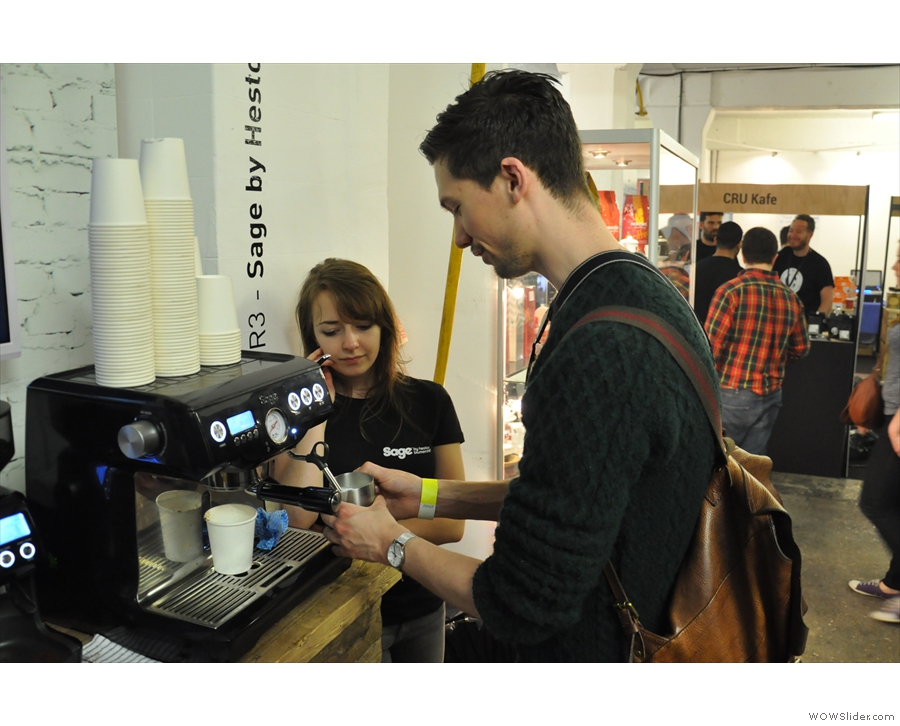



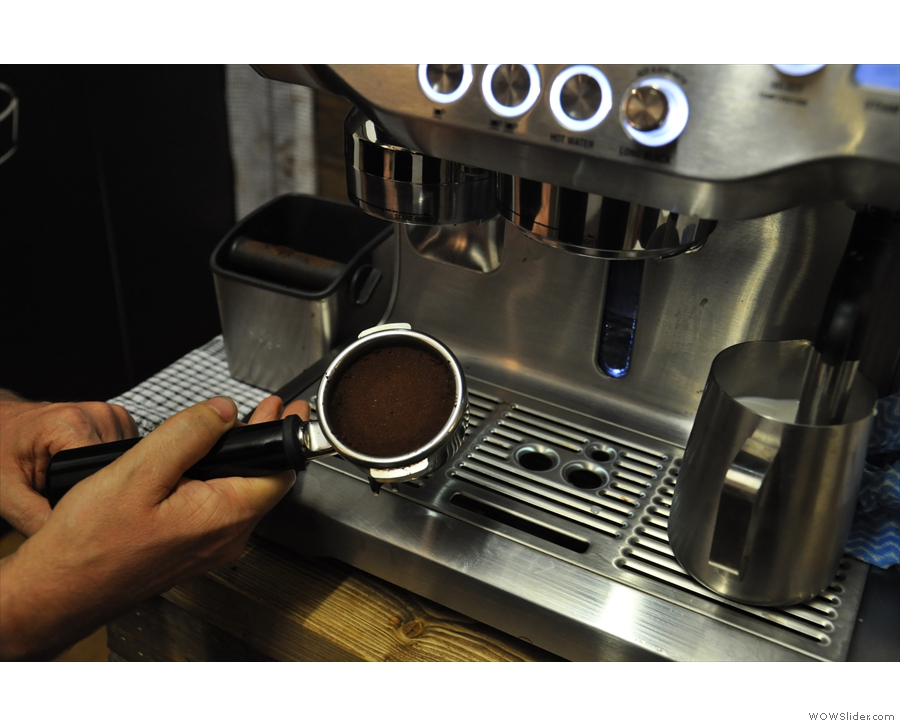



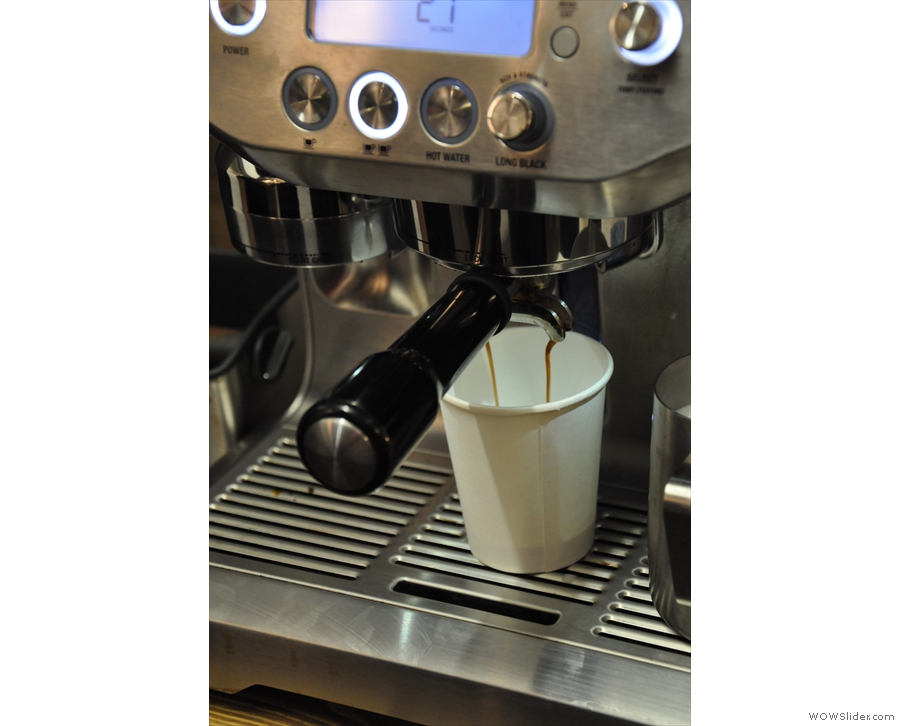
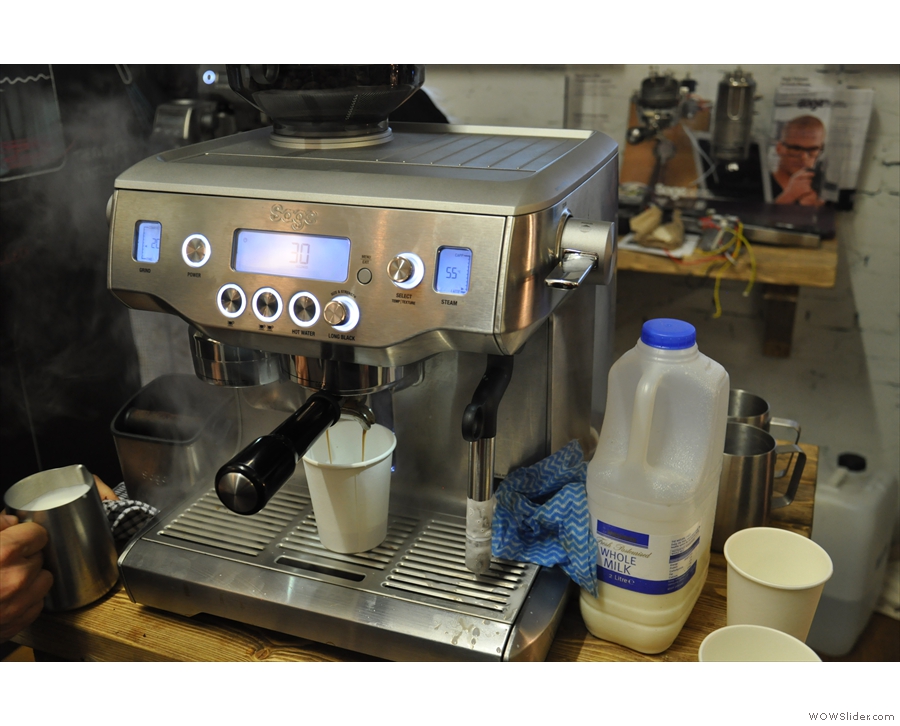



 1
1 2
2 3
3 4
4 5
5 6
6 7
7 8
8 9
9 10
10 11
11 12
12 13
13 14
14 15
15 16
16 17
17 18
18 19
19 20
20 21
21 22
22 23
23













 1
1 2
2 3
3 4
4 5
5 6
6 7
7 8
8 9
9 10
10 11
11 12
12 13
13 14
14
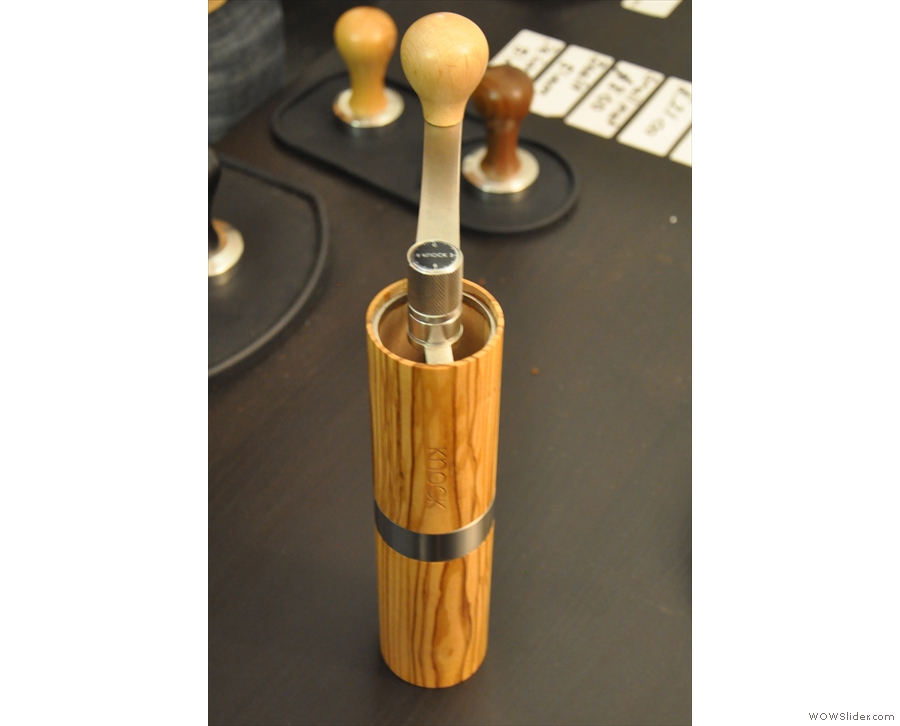
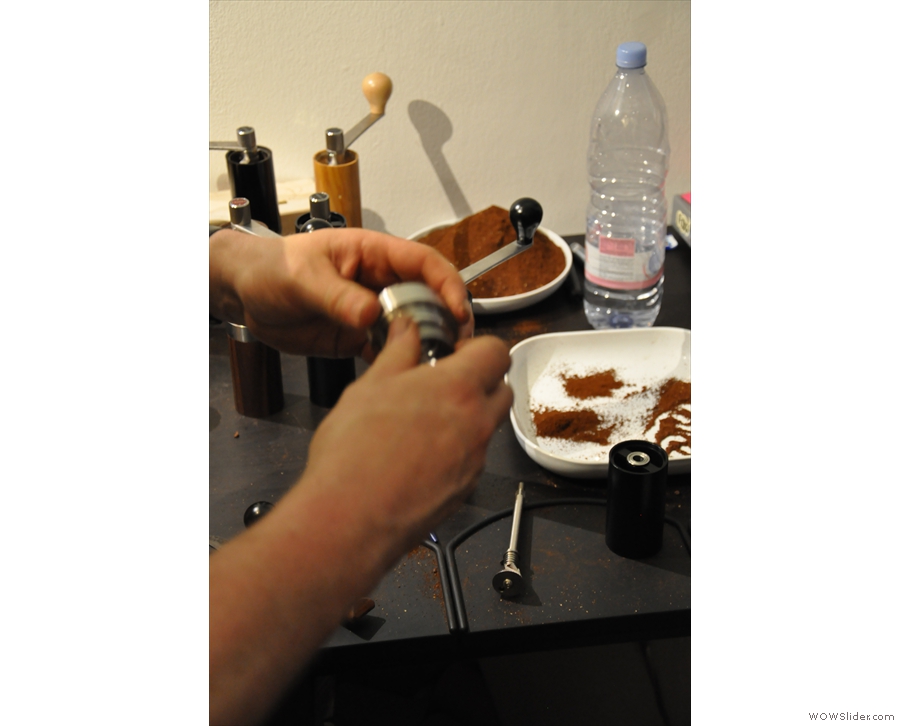




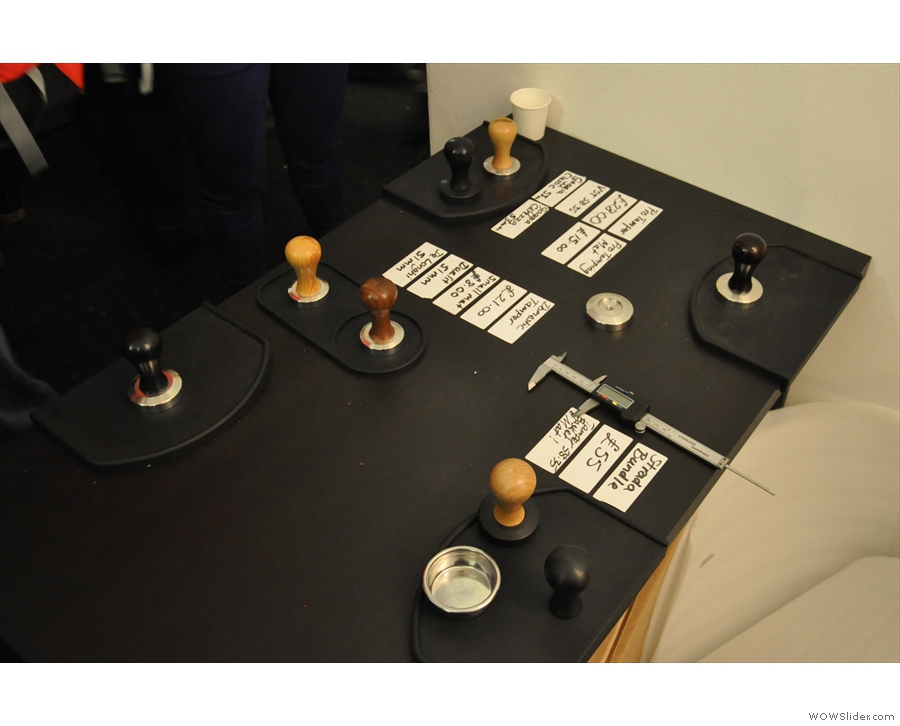
 1
1 2
2 3
3 4
4 5
5 6
6 7
7 8
8
Pingback: London Coffee Festival 2014: The Food | Brian's Coffee Spot
Pingback: London Coffee Festival 2014: Round-up | Brian's Coffee Spot
Pingback: London Coffee Festival 2014: The Competitions | Brian's Coffee Spot
Pingback: London Coffee Festival 2014: The Coffee | Brian's Coffee Spot
Pingback: Caffé Culture Show 2014 | Brian's Coffee Spot
Pingback: La Colombe, Dilworth Plaza | Brian's Coffee Spot
Pingback: Cup North 2014 – Part I | Brian's Coffee Spot
Pingback: 2014 Awards – Best Saturday Supplement | Brian's Coffee Spot
Pingback: London Coffee Festival 2015: Preview | Brian's Coffee Spot
Pingback: Made by Knock: Hausgrind and Feldgrind | Brian's Coffee Spot
Pingback: London Coffee Festival 2015: The Kit | Brian's Coffee Spot
Pingback: The Mulmar stand at the London Coffee Festival | Mulmar
Pingback: London Coffee Festival 2016: Automatic Filter Machines | Brian's Coffee Spot
Pingback: MacIntyre Coffee | Brian's Coffee Spot
Pingback: London Coffee Festival 2015: Coffee Experiences | Brian's Coffee Spot
Pingback: Sage Barista Express | Brian's Coffee Spot
Pingback: Maruyama Coffee, Nishi Azabu | Brian's Coffee Spot
Pingback: London Coffee Festival 2019: The Kit | Brian's Coffee Spot
Pingback: Mojo, 200 South Wacker | Brian's Coffee Spot